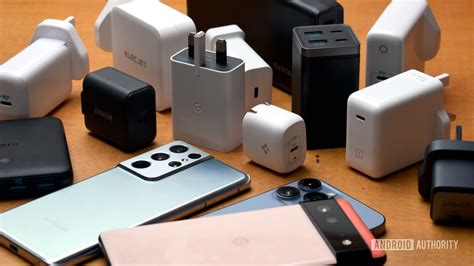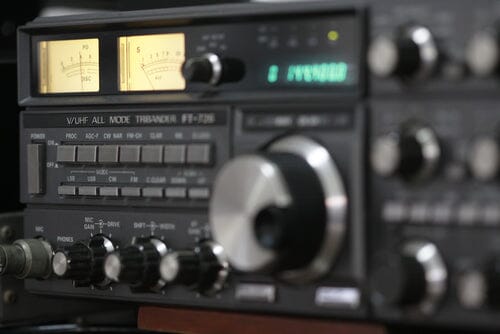SWR Meters Explained
Your central hub for understanding, using, and troubleshooting SWR meters for CB, 10m, GMRS, and 2m/70cm radios.
What is SWR?
SWR (Standing Wave Ratio) is a measure of how efficiently your antenna system transfers power from the radio to the air. A lower SWR means less reflected power, cooler finals, and stronger signal.
How an SWR meter works
An SWR meter samples forward power (from radio to antenna) and reflected power (from antenna back to radio). It compares these to compute a ratio. Ideal is 1.0:1. Readings above ~2.0:1 indicate a mismatch that can reduce performance and stress equipment.
How to read a cross-needle SWR meter
- Two needles: one shows forward power (FWD), the other shows reflected power (REF).
- Intersection: where the needles cross, read the SWR scale. The meter computes the ratio for you.
- Rule of thumb: bigger gap between FWD and REF → lower SWR. If REF rises close to FWD, SWR is high.
How to use an SWR meter step-by-step
- Insert the meter between radio and antenna: TX → “Transmitter” port, Antenna → “Antenna” port.
- Choose test channel/frequency: CB Ch 20 (27.205) is common. For ham, use a clear spot in-band.
- Set power to low or medium. Use AM/FM carrier or a brief “tune” power.
- Key up shortly and read SWR. Repeat at low and high ends of the band.
- Tune the antenna: If SWR is lower at the low end than the high end, shorten the antenna. If lower at the high end, lengthen it.
- Re-check after each small adjustment until readings are at or below your target.
Can a CB SWR meter be used on 2m?
Usually no. Most CB meters are designed and calibrated for HF around 27 MHz. The 2m band is ~144–148 MHz and requires VHF-rated couplers and connectors. Use a meter specified for the band you are tuning.
Can you make an SWR meter?
Yes, with a directional coupler, detector diodes, and a suitable enclosure. However, accuracy depends on careful layout, component choice, and calibration. For most users, a commercial meter or a quality antenna analyzer is more reliable.
Good SWR targets and what they mean
- ≈1.0–1.3:1 Excellent.
- ≈1.5:1 Good. Little power lost.
- ≈2.0:1 Borderline. Investigate coax, connectors, ground, and antenna length.
- >2.5:1 Poor. Find and fix the mismatch before heavy use.
Topic hub links
This page is the center node. From here, branch to:
- SWR basics and math (in-depth)
- CB tuning walk-through
- 2m/70cm mobile antenna tuning
- Grounding and bonding checklist
- Coax types and loss charts
- Analyzers vs meters: when to use each
FAQ
How to read a cross-needle SWR meter?
Watch FWD and REF needles. Read the SWR value at their intersection. Low REF relative to FWD indicates a good match.
How to use an SWR meter?
Place it between radio and antenna, key a low carrier, read SWR at low/mid/high frequencies, then lengthen or shorten the antenna until SWR is minimized in your target portion of the band.
Can I use a CB SWR meter for 2m?
No in most cases. Use a VHF-rated SWR meter or antenna analyzer for accurate readings on 2m.
How to make a simple SWR meter?
Build a directional coupler with detectors, then calibrate against a known-good meter. DIY units are educational but often less accurate than commercial options.
What SWR is “safe” for my radio?
1.0–1.5:1 is ideal. Many radios will tolerate up to ~2.0:1, but lower is always better for efficiency and longevity.
TekShack Store FAQs
Do you tune antennas in-store?
Contact us for current services and turnaround times.
Do you carry CB and ham SWR meters?
Yes. See SWR meters for CB, HF, and VHF/UHF.
What cables and adapters do I need?
Most meters use SO-239 (UHF). Verify your radio and antenna connectors. We stock common adapters and patch leads.
Keyword prompts
- how to read a cross needle swr meter
- how to make a swr meter
- can i use a cb swr meter for 2m
- how to use swr meter



